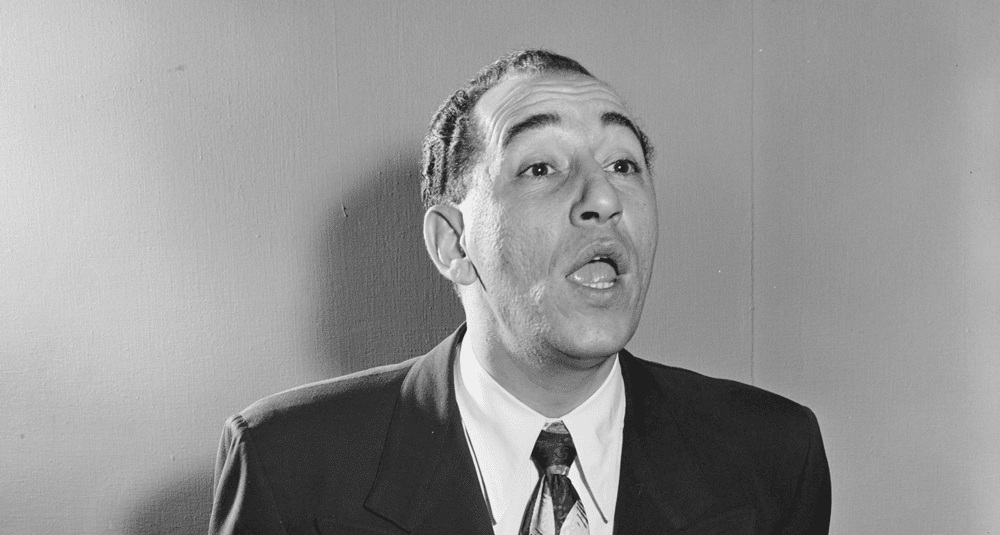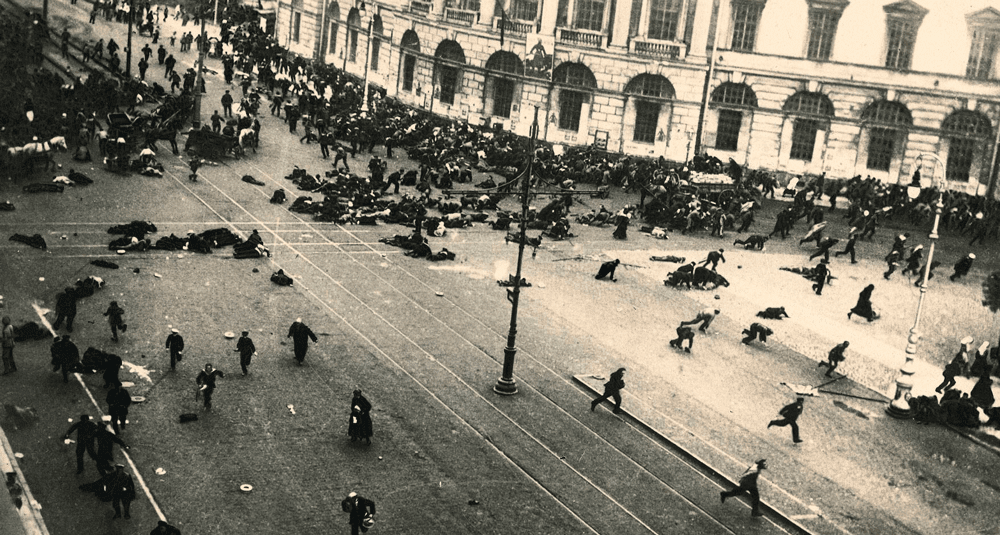Quiz not-so-hard
Last Updated:
music
/ 10

Which singer collaborated with the American rock band The Velvet Underground?
1Nico
2Patti Smith

🙌 Good answer
Singer Nico collaborated with the American rock band The Velvet Underground. She took part in their first album, The Velvet Underground & Nico, released in 1967.
Next question

😞 Wrong answer
Singer Nico collaborated with the American rock band The Velvet Underground. She took part in their first album, The Velvet Underground & Nico, released in 1967.
Next question
sciences
/ 10

How many elements does the original Mendeleev periodic table contain?
163
2118

🙌 Good answer
The periodic table of elements established by Dmitri Mendeleïev had 63 elements in 1869. Today, there are 118 elements, including those that have been synthesized by man.
Next question

😞 Wrong answer
The periodic table of elements established by Dmitri Mendeleïev had 63 elements in 1869. Today, there are 118 elements, including those that have been synthesized by man.
Next question
sports
/ 10

Which famous Brazilian player was world champion in 1958, 1962 and 1970?
1Pelé
2Vavá

🙌 Good answer
The famous Brazilian player who was world champion in 1958, 1962 and 1970 is Pelé. He is considered one of the greatest footballers of all time.
Next question

😞 Wrong answer
The famous Brazilian player who was world champion in 1958, 1962 and 1970 is Pelé. He is considered one of the greatest footballers of all time.
Next question
music
/ 10

What is the nickname of the American trumpeter Louis Prima?
2King of the Swing
1Duke

🙌 Good answer
American trumpeter and singer Louis Prima was nicknamed the King of Swing, because of his energy and influence on swing music.
Next question

😞 Wrong answer
American trumpeter and singer Louis Prima was nicknamed the King of Swing, because of his energy and influence on swing music.
Next question
geography
/ 10

Which city in Jordan has been a UNESCO World Heritage Site since 1985?
2Petra
1Nineveh

🙌 Good answer
The city of Petra in Jordan has been a UNESCO World Heritage Site since December 6, 1985. It is famous for its rock-cut façades.
Next question

😞 Wrong answer
The city of Petra in Jordan has been a UNESCO World Heritage Site since December 6, 1985. It is famous for its rock-cut façades.
Next question
music
/ 10

What is Bob Dylan's real name?
2Robert Allen Zimmerman
1Robert Clark Seger

🙌 Good answer
Bob Dylan, born Robert Allen Zimmerman on May 24, 1941 in Duluth, Minnesota, is an American singer-songwriter, musician, painter and poet. He is one of the major figures of Western popular music.
Next question

😞 Wrong answer
Bob Dylan, born Robert Allen Zimmerman on May 24, 1941 in Duluth, Minnesota, is an American singer-songwriter, musician, painter and poet. He is one of the major figures of Western popular music.
Next question
history
/ 10

What is the name of Franklin Roosevelt's interventionist policy to fight the Great Depression in the United States?
1New Deal
2Social Security Act

🙌 Good answer
The New Deal was the interventionist policy implemented by Franklin D. Roosevelt between 1933 and 1939 to combat the Great Depression in the United States.
Next question

😞 Wrong answer
The New Deal was the interventionist policy implemented by Franklin D. Roosevelt between 1933 and 1939 to combat the Great Depression in the United States.
Next question
sciences
/ 10

What is the largest planet in the solar system?
1Jupiter
2Saturn

🙌 Good answer
The largest planet in the solar system is Jupiter. This gas giant is known for its large size, its cloud bands and its famous Great Red Spot.
Next question

😞 Wrong answer
The largest planet in the solar system is Jupiter. This gas giant is known for its large size, its cloud bands and its famous Great Red Spot.
Next question
geography
/ 10

What is the highest tower in the world?
1Burj Khalifa
2Petronas

🙌 Good answer
The world's tallest tower is the Burj Khalifa. Located in Dubai, this impressive structure is 828 metres high and has 163 storeys.
Next question

😞 Wrong answer
The world's tallest tower is the Burj Khalifa. Located in Dubai, this impressive structure is 828 metres high and has 163 storeys.
Next question
history
/ 10

Which political regime was overthrown in the Russian Revolution of 1917?
2Tsarist regime
1Communist regime

🙌 Good answer
The Russian Revolution of 1917 overthrew the Tsarist regime, ending the absolute monarchy of the Romanovs and paving the way for Soviet power.
Next question

😞 Wrong answer
The Russian Revolution of 1917 overthrew the Tsarist regime, ending the absolute monarchy of the Romanovs and paving the way for Soviet power.
Next question




